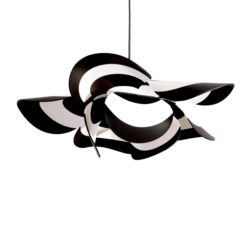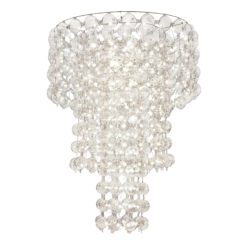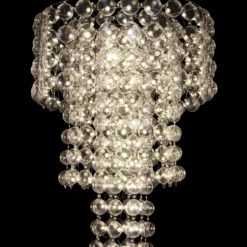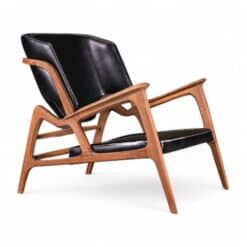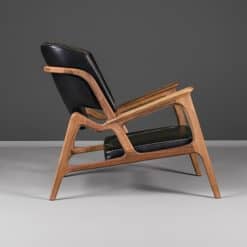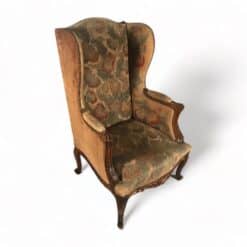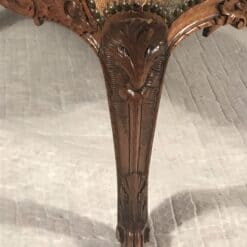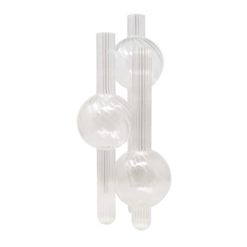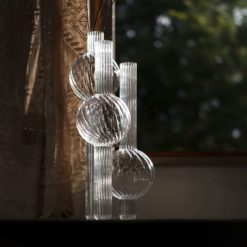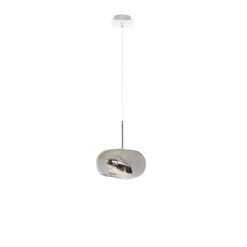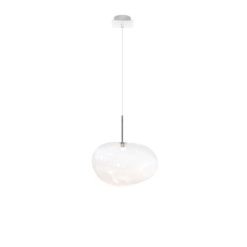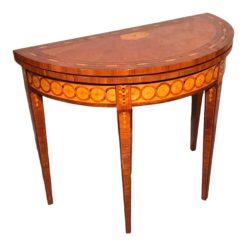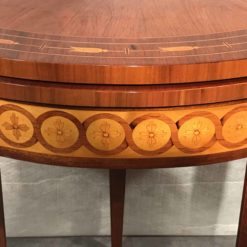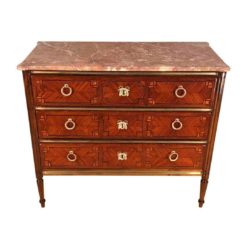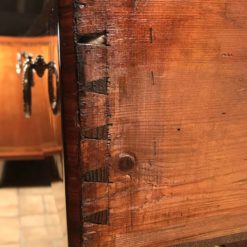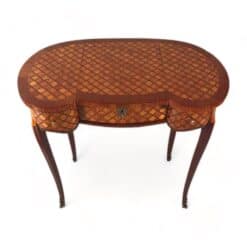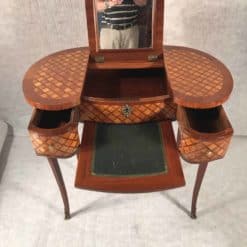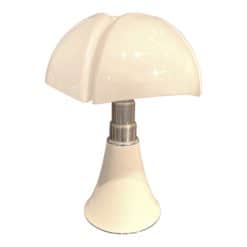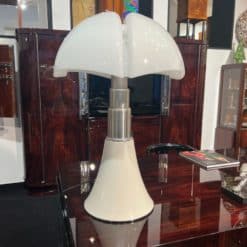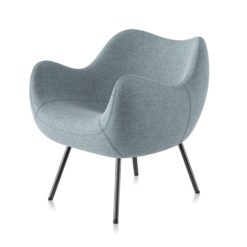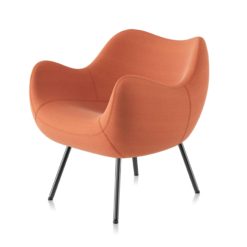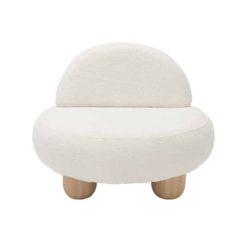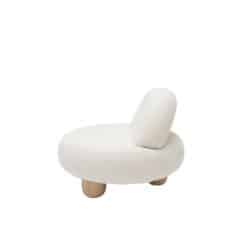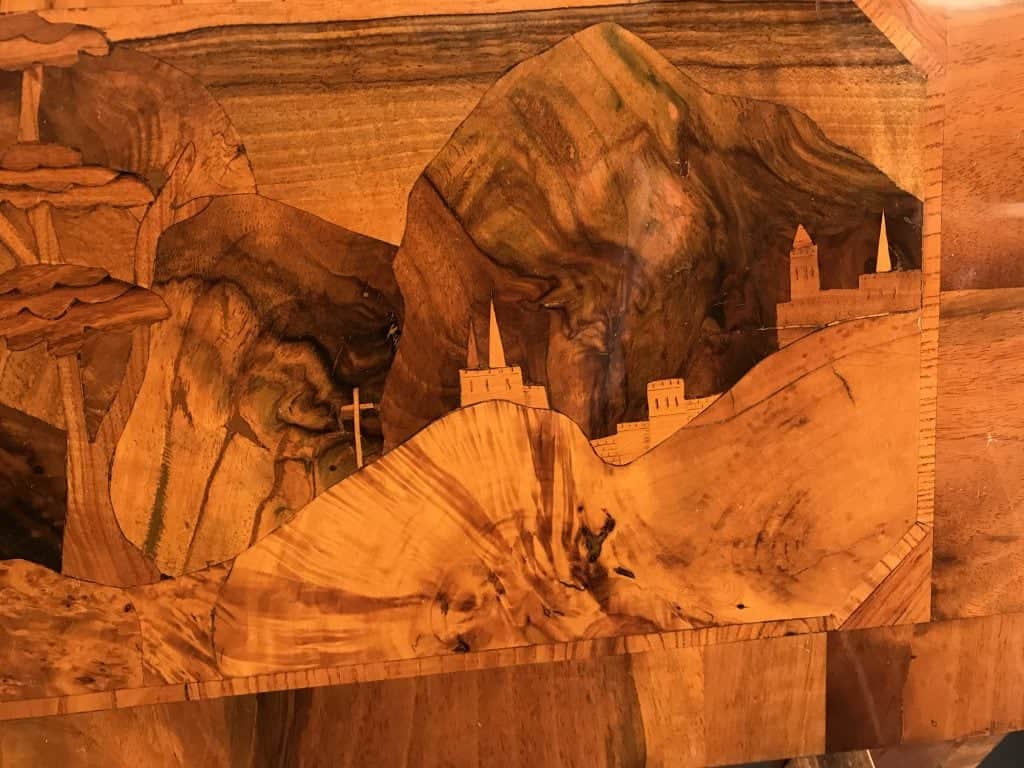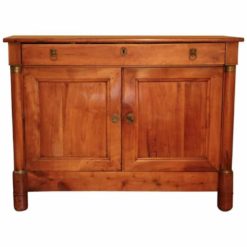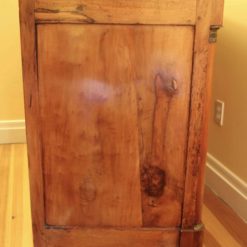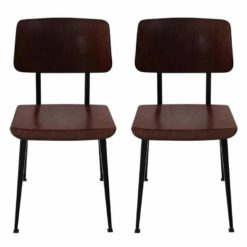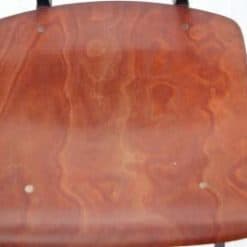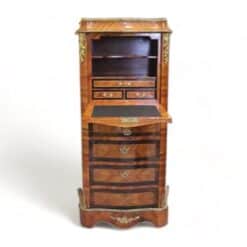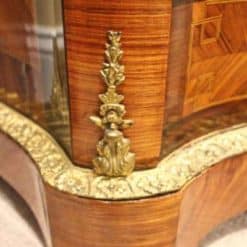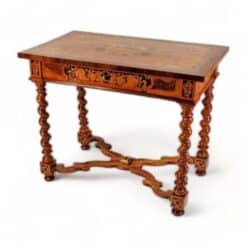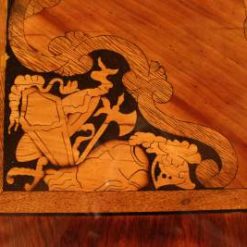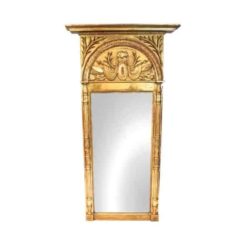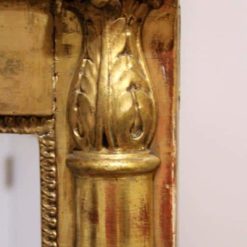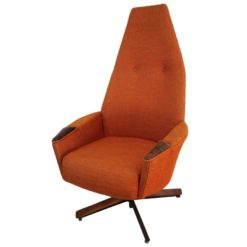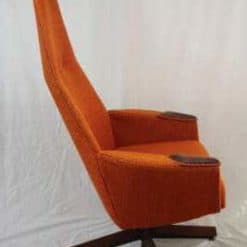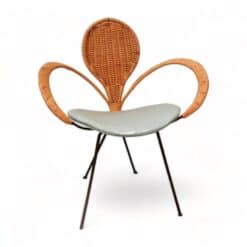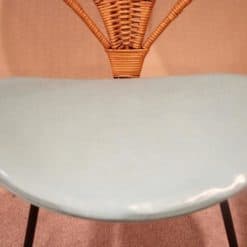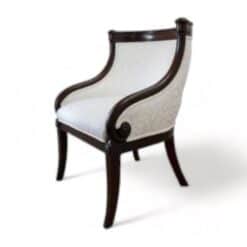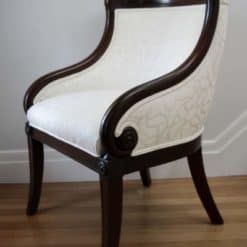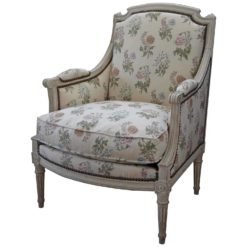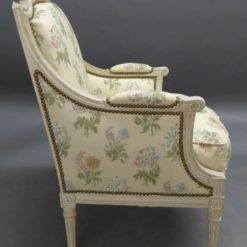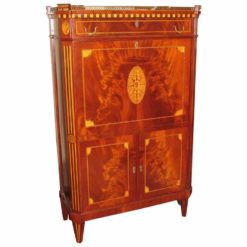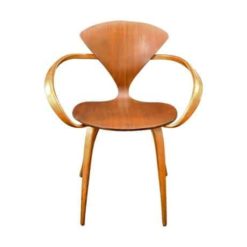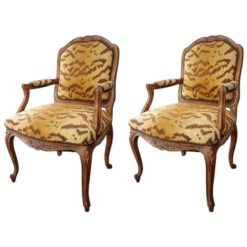Best Sellers
Furniture, Styylish History
A Short History of Antique Marquetry Furniture
A Short History of Antique Marquetry Furniture – Origins to 18th century
Antique furniture, no doubt, looks very tasteful in modern homes. But antique marquetry furniture? Now, that’s a class of its own!
Dense colors, exquisitely beautiful ingrained patterns, and rich wooden textures. Marquetry furniture is always something you are bound to marvel at.
You may not be familiar with the term ‘marquetry’. But if you have ever visited an antique furniture shop or are looking for antiques online, you’ve probably seen it.
Marquetry is the art of creating pictures and elaborate designs on furniture. The cabinetmaker cuts thin pieces of domestic and exotic woods and additionally uses horn, ivory, metal, shell, and other precious materials. While this highly specialized art has roots in ancient times, it was brought to a high level of refinement in the 17th and 18th centuries in France.
The technique became popular in France and Italy during the late 16th Century. However, its origins lie in the Egyptian high culture. In fact, marquetry is considered one of the earliest forms of handicrafts that our ancestors made.
Take a look at the glorious history of marquetry and how it has evolved over the years.
An Ancient Art Form
Historians believe that the ancient craft of intarsia is what gave birth to the practice of wood veneer and marquetry.
Intarsia was a common trade among the Egyptians. They made ornate and pictorial mosaics by inlaying precious stones and other fancy materials into blocks of solid wood.
The nobles in the society often used these items as dinnerware or simply for decoration.
Wood veneering was also used in caskets as a way of honoring the deceased members of royal families.
It would surprise you to know that the earliest evidence of marquetry still intact is a remarkable coffer from the city of Ur in Mesopotamia.
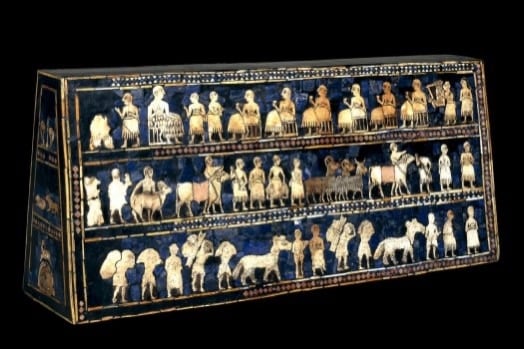
Located in the British Museum, the casket dates to back to almost 2,600 BC. It depicts different illustrations of the royal’s daily life. Inlaid with a mosaic of shell, red limestone and lapis lazuli into thick black wood.
You will also find marquetry in the tomb of Tutankhamun. He was a Pharaoh King who ruled during 1334 – 1325 BC. His throne, chest, coffer and various other furniture items he may have used in his life all feature intricate woodwork.
Tiny pieces of glazed tiles, finely cut gemstones, and small briquets of wood are set into the articles for ceremonial importance.
The Origins of Wood Veneer Technology
Think about the geographical location and the resources that were (not) naturally available to the Egyptians. It makes it quite easy to understand what led to the introduction of the wood veneer technology.
Egypt is a land awash with sand and dryness that makes it hard for trees to survive. Thus, people in this place have always prized wood as rarity.
The ancient Egyptians wanted to utilize the supplies they had in the most economic manner. Cutting thick slabs of wood into thinner sheets that could cover non-wooden surfaces seemed the best way to optimize resources.
However, woodworkers had to cut these sheets from the stem by hand. This made it an extremely labor intensive and time-consuming task.
Needless to say, these factors set the price of the wood veneers in a very high bracket. As a result, it was mostly only the royals in Old Egypt who could afford it.
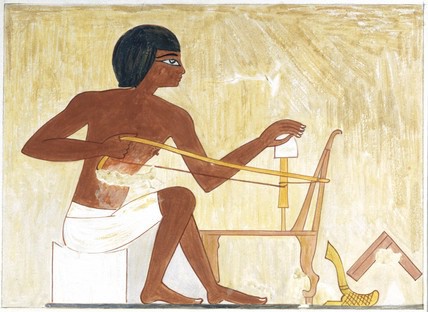
Renaissance and Early Baroque in Europe
Historians document the path of veneer production from Egypt to Greece and then to the Roman Empire.
Based on archaeological evidences, the use of wood veneers gradually subsided after the end of the Egyptian era. It disappeared almost entirely up until the early middle ages.
Wood veneer and marquetry made a hesitant comeback in the gothic styles that dominated European architecture during 1150 – 1450.
However, it was only during Renaissance that this form of woodwork flourished once again.
Traditionally, wood veneering consisted of several long and hard steps.
In Imperial Rome and Persia, craftsmen would carve wood slowly and deliberately in half to one-inch pieces at a time. But a clever innovation by an anonymous German clockmaker in the late 16th Century completely turned things around.
The jigsaw blade allowed woodworkers to produce the veneers for inlays much faster.

It not only helped them make finer cuts with minimal waste, but also made the process much more time efficient.
With this new fast-moving, frame-held saw blade, inlay workers could easily stack up veneers and cut multiple sheets at once.
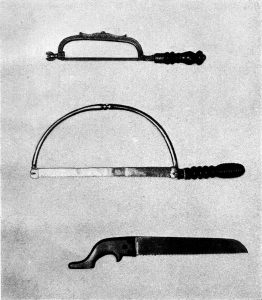
With further advancements in tools and machinery, more complex designs came into view.
In the two following centuries as the European economy started to expand and created a demand for luxurious domestic furniture, marquetry became more and more important.
“Boulle Technique”
The work of the famous cabinet maker André-Charles Boulle (1642-1732) in the late 17th and early 18th centuries, achieved such beauty that furniture adorned with marquetry patterns is sometimes known as boulle work.
While he did not invent the technique, he took it to the next level, using exotic woods and other prestigious materials from India and South America.
He gathered inspiration from master drawings, prints, and paintings from legendary artists such as Raphael, Rubens, and 17th-century engraver Stefano Della Bella.
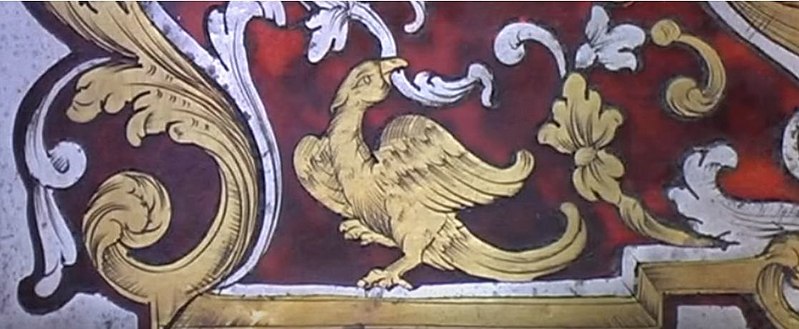
Baroque Furniture and Rococo Styles
During the Baroque abundant ornamentation was the defining feature of furniture.
It goes without saying that marquetry and inlay were the most prominent techniques applied for this purpose.
One would often find walnut wood veneer surfaces inlaid with more expensive wood veneers, precious stones, ivory, and even gold.
By the mid of the 18th Century, Baroque furniture gave way to the more playful Rococo style. But the magnificent woodwork remained.
High-quality marquetry characterize many antique furniture pieces from this epoch. Richly colored woods are set with impressive inlays featuring unique geometrical patterns, symmetrical lines, and elegant curves
Two of the most famous ebenistes of this time were Jean-Francois Oeben (1721-63) and Abraham Roentgen (1711-93).
Oeben of German origin, emigrated to France around 1740 and became “ebeniste du roi” in 1754. Oeben is responsible for some of the most beautiful flower marquetry on 18th century furniture.
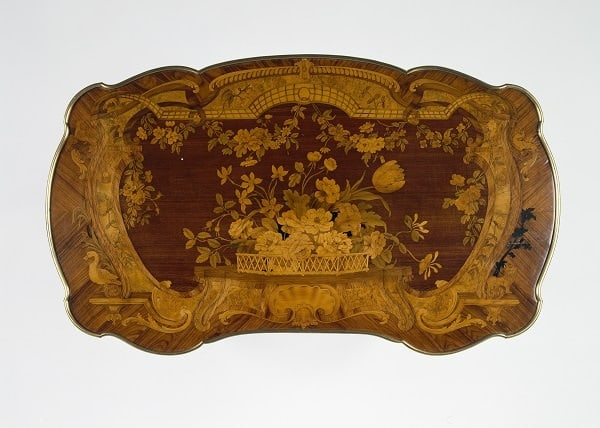
The top of this beautiful table in the J.Paul Getty Museum shows a fine floral marquetry with a naturalistically arranged bouquet of various flowers, including roses, tulips, and daffodils. A garland of blossoms appears to hang from a grill above.
It is a wonderful example of the high-skill of 18th century craftsmanship.
For more information about Abraham and David Roentgen and their extraordinary furniture pieces, check out last week’s blog post.
All-in-One Antique Furniture Shop
If you are looking for antique furniture to give your interior design the individual touch, look no further than Styylish.
We feature a range of exclusive home furnishings from the 18th to 20th century that can add a timeless charm to your home.
Whether you are fascinated by antique marquetry or just searching for antique European furniture in general, we are sure you will find the right piece on Styylish.
Click here to browse our complete range of antiques online.
In the rare case you don’t find what you are looking for, send us an email and we will try to find it for you.


